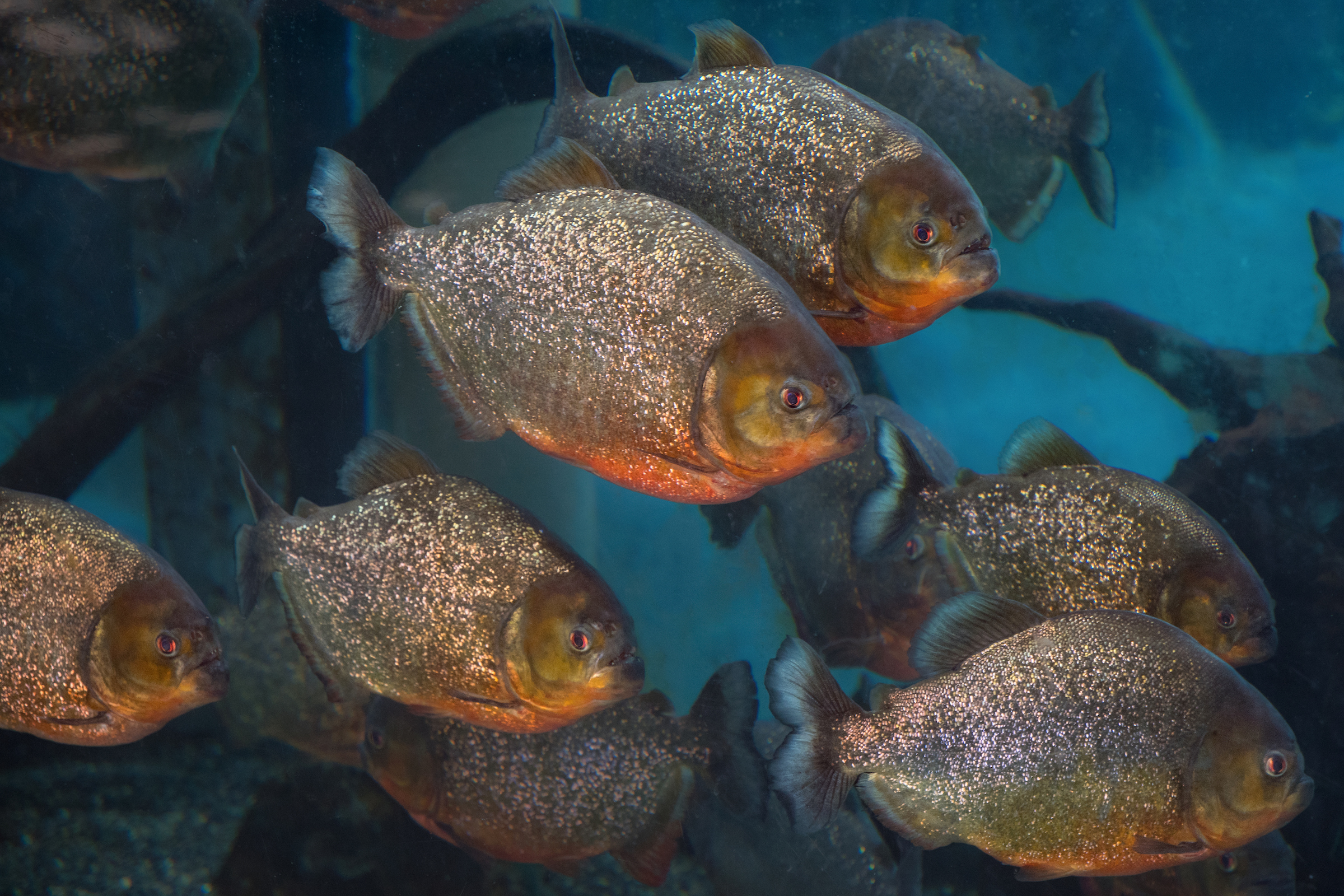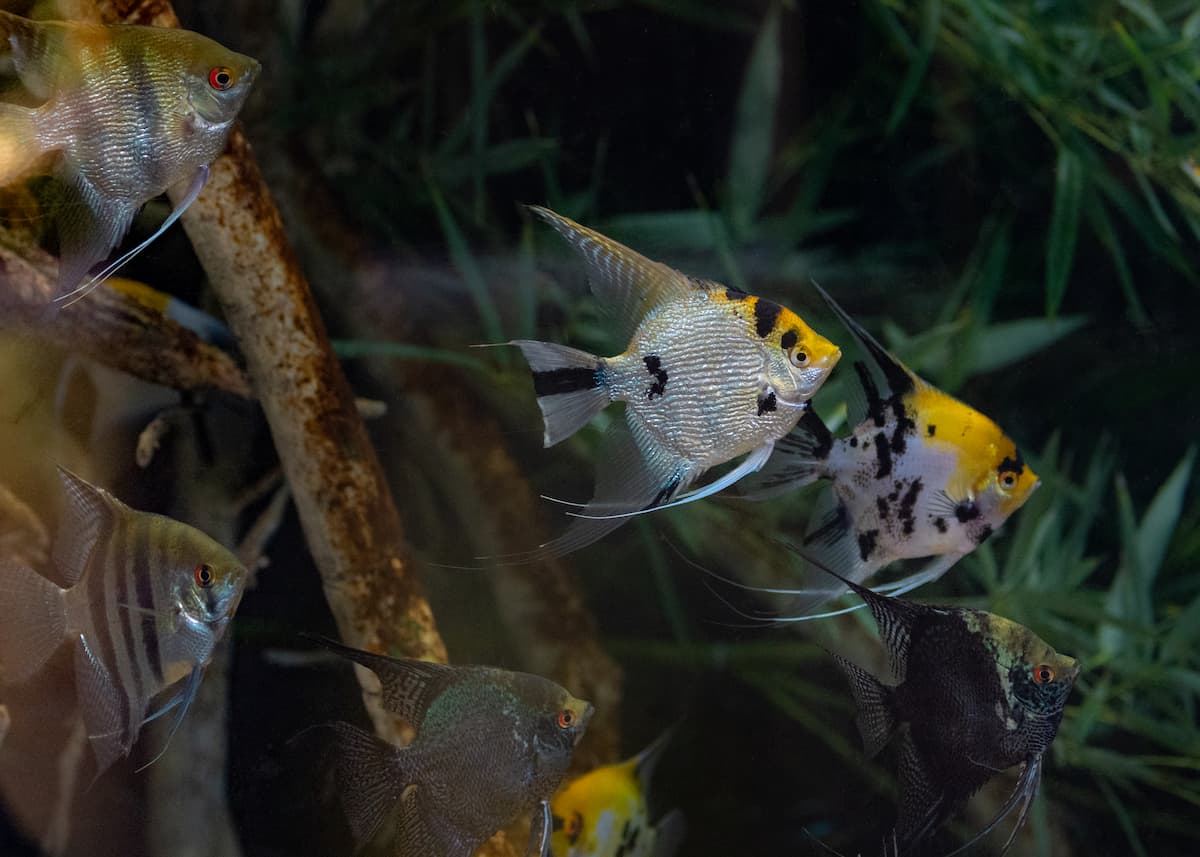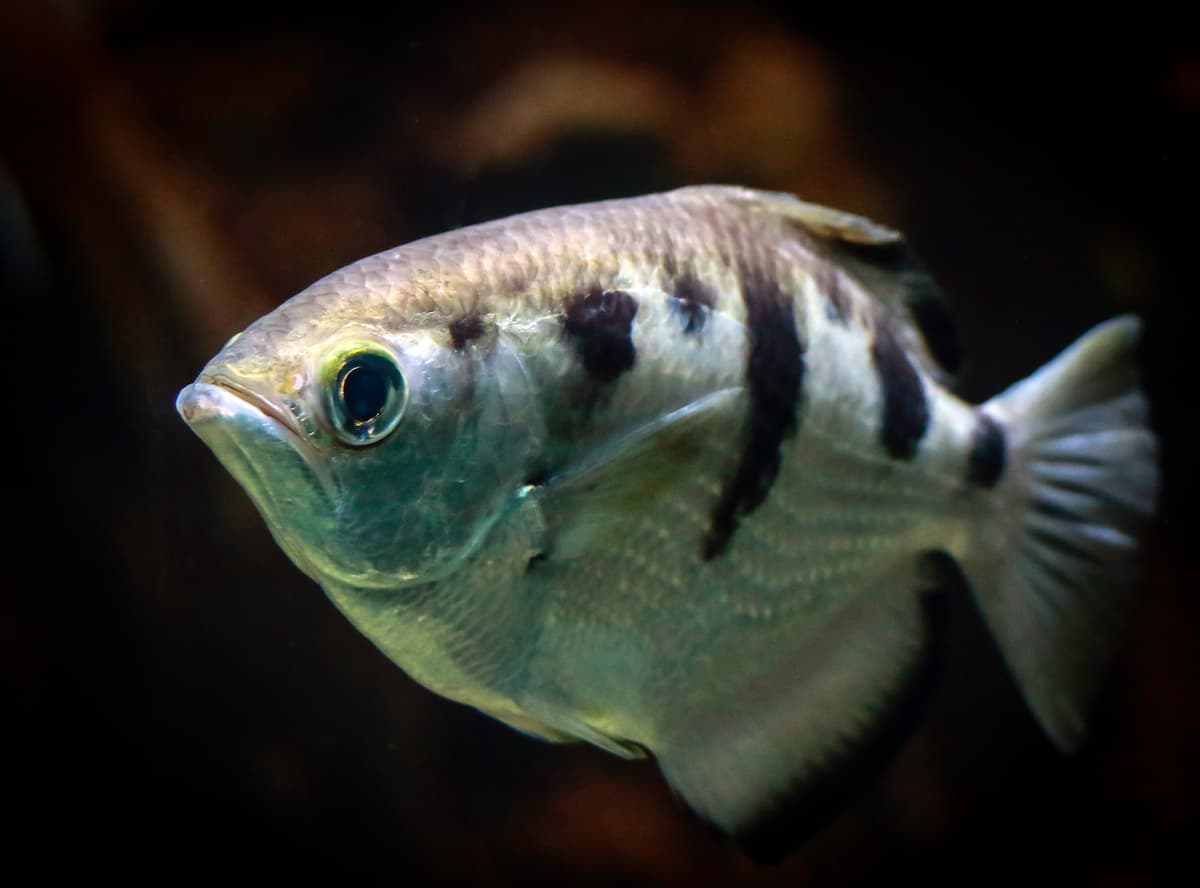
Bacteria are vital to the health of all bodies of water, including your home fish tank.
As a result of climate change, many more people are familiar with the carbon cycle, but nitrogen is the most abundant element in our atmosphere, and it, too, has a cycle that goes on all around us. A primer on the nitrogen cycle: fish waste is mostly ammonia and is highly toxic to fish, even in small quantities. Certain bacteria convert ammonia to nitrite (less harmful); other bacteria species convert nitrite to nitrate (barely harmful). A common saying with aquarists is “taking care of an aquarium is more about taking care of bacteria than it is taking care of fish.”
A brand-new tank is sterile, so you first have to establish a healthy population of bacteria. There are a few ways to do this. The old school way is to throw the fish in and change the water as water quality (WQ) goes south. Airborne bacteria nitrobacter, nitrosomonas, and nitrosococcus are everywhere, and this method relies that bacteria landing in your tank. A variation involves taking soil from a garden and filling a bag filter (or pantyhose) with it and placing it in the tank. The bacteria in the soil colonize the aquarium a bit faster than airborne stuff. Either of these methods has your fish suffering through bad WQ and wild fluctuations in pH and nitrogen.

The more humane way is to do fishless cycling. I take a sterile tank and add ammonium chloride (fish poop analog) and sodium nitrite to the tank and then add commercially purchased bacteria (a mixture of nitrobacter, nitrosomonas, and nitrosococcus). I measure the concentrations of ammonia, nitrate, and nitrite daily. Things start looking good when ammonia starts dropping—that means the nitrobacter is getting established. Things look even better when nitrate starts showing up and nitrite drops. That means nitrosomonas and nitrosococcus are taking hold and synthesizing the nitrite into nitrate. When the tank can bring ammonia from 1.0 part per million (ppm) to zero overnight, then I’d say it’s safe to add fish (after doing a water change to dilute any nitrate). If the tank is going to be fishless for a while, you have to add ammonia regularly to feed the bacteria.
These important bacteria are mostly self-sustaining. They stick to everything—walls, gravel, windows, pipes. Most aquariums have a bio-tower on their life support, which is designed to facilitate the growth of the bacteria; they’re jam packed with biospheres, which are small rubber balls covered with projections that provide more surface area and gas exchange. Barring a catastrophic accident, I don’t think about bacteria after they are established—though at the start it’s all I think about.


